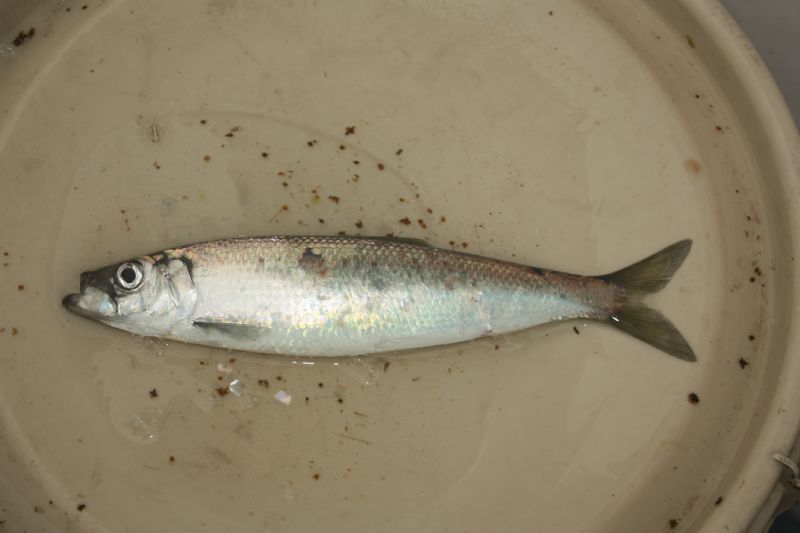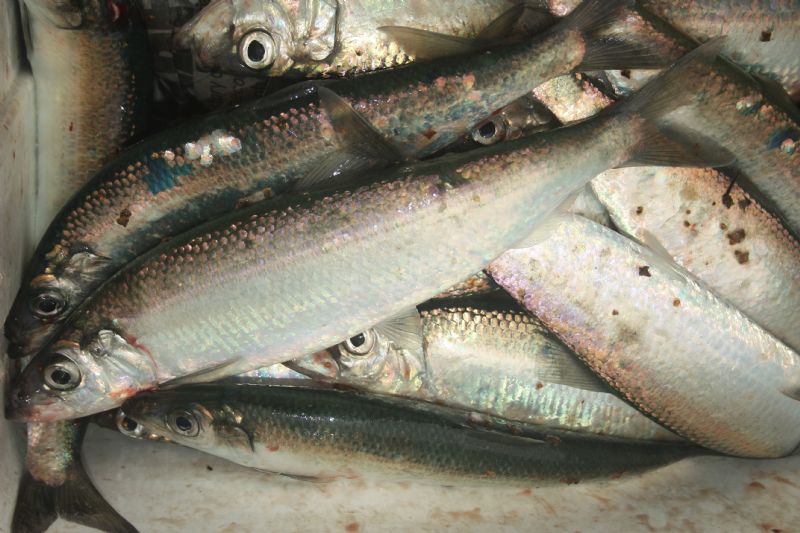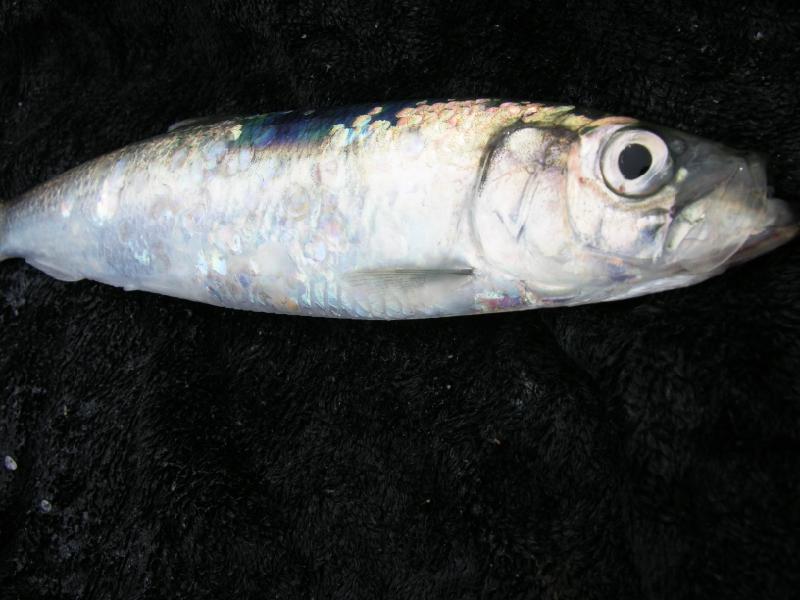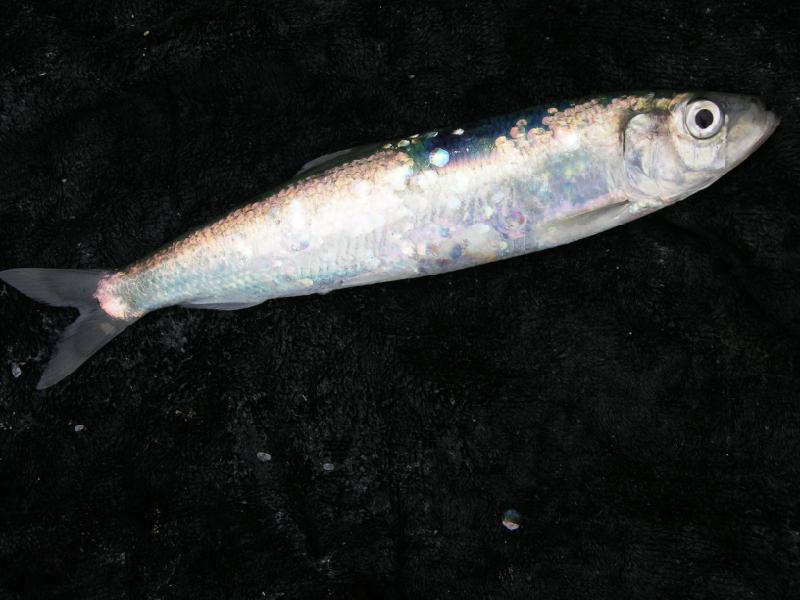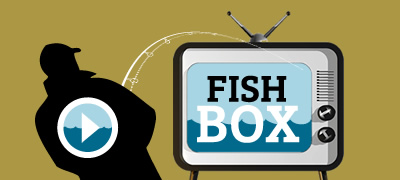Herring
Herring (Clupea harengus)
Irish Record 0.48 Kilo taken on 17.09.2011 by Hamish Currie at Red Bay.
Specimen 0.75lb, or 0.34 kilo
Identification
The body is covered in iridescent silver scales, most of which fall off soon after capture, or through rough handling. The back is slightly darker in colour, usually a deep blue or blue-black. The belly cross-section is rounded, unlike Sprats that have a keel-like profile. They have one short dorsal fin and a forked tail.
Where to catch
Once hugely abundant in Belfast Lough, Strangford Lough and along the off-shore marks of the Antrim coast, only a comparative handful remains. Shoals of smaller Herring continue to hit our shores in season, but numbers are small and boat anglers usually run into them accidentally, whilst “feathering” for Mackerel.
As with Mackerel, Herring shoals can turn up anywhere around the Irish Coast.
"Silver darlings" as they are sometimes referred to in Ulster
When to catch
The month of June sees the arrival of Herring; this is the peak month for Belfast Lough. A few can be caught in Red bay at this time of year but late summer and autumn tends to produce the larger specimens. Towards the end of summer shoals have moved on although a few stragglers can be caught into winter. Evenings are best when targeting Herring, especially when the seas are calming down. They will shoal up tightly and can be caught near to the surface.
Bait
Multi hook rigs are required with small hooks, sizes 4 - 8. The popular “Shrimp” rigs from Mustad and Shakespeare or similar products are ideal.
Methods
Herring are small baitfish rarely exceeding three quarters of a pound. To find Herring shoals, Jig a suitable small-hook trace up and down at various depths until the shoal is located. Light tackle is all that is required and drifting from a boat offers the best chance of encountering this species.





